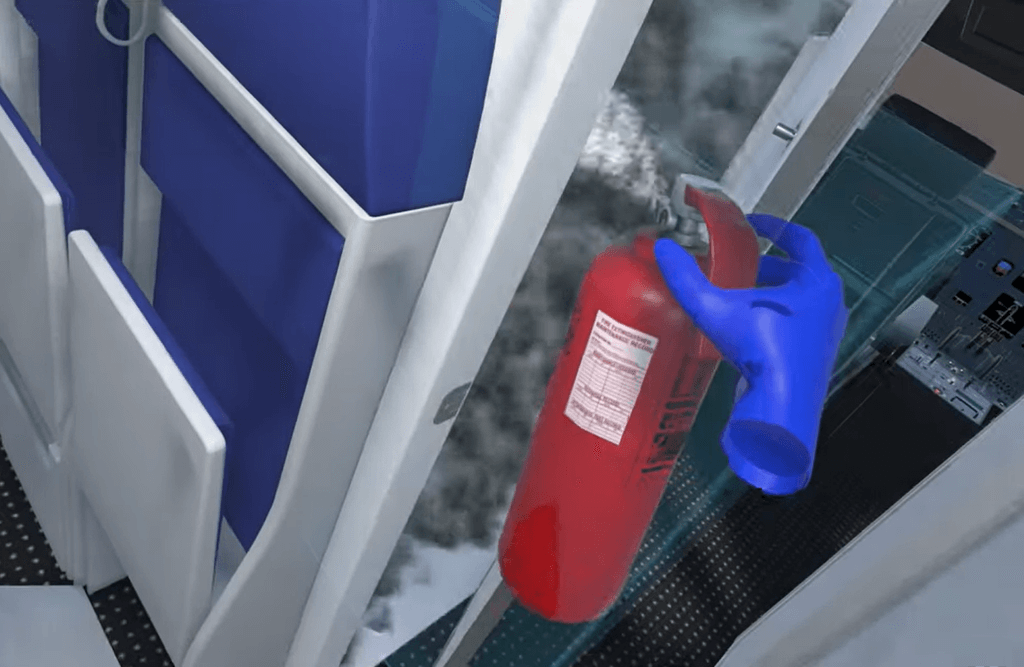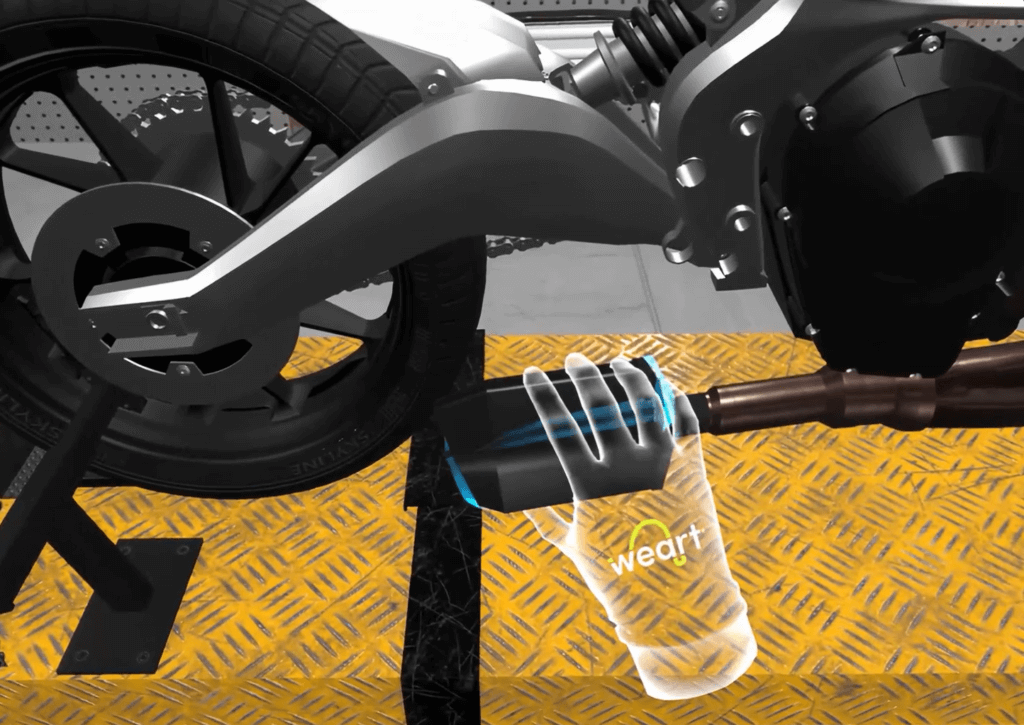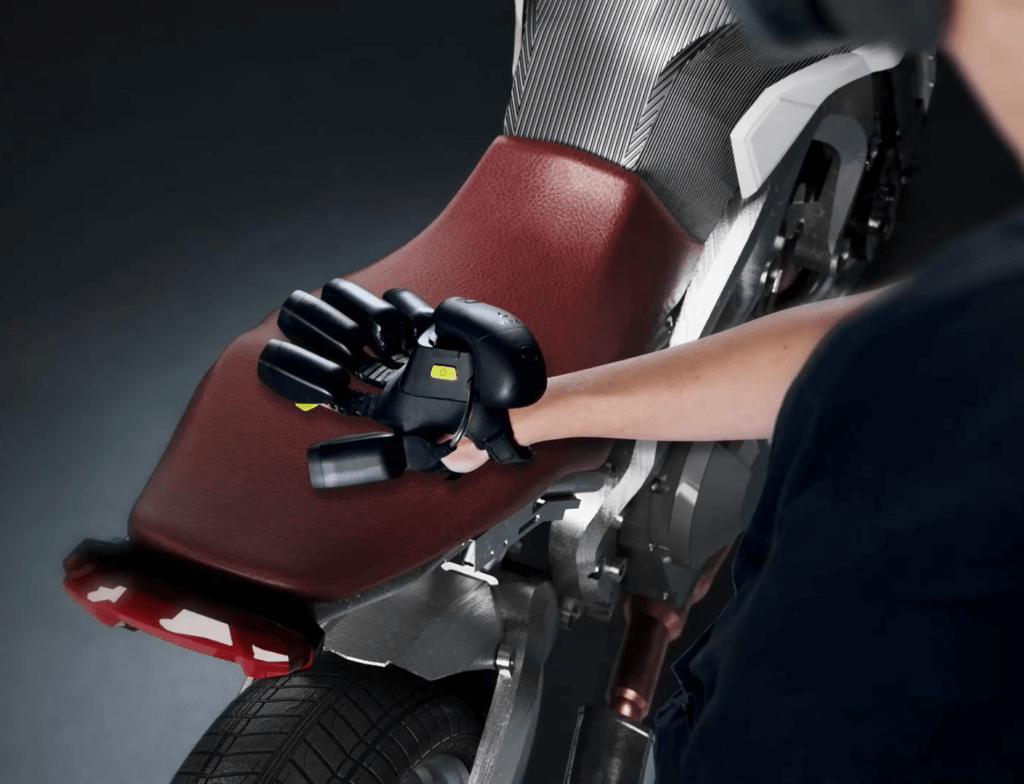AR vs VR:
Why We Prioritize Virtual Immersive Environments for Demos
The power of full immersion
The magic of VR lies in its ability to transport users into fully constructed environments where every visual and tactile element is harmonized. In a VR scenario, you not only feel the objects you interact with but also see your virtual hands as part of the virtual world. This alignment of the sensory and the visual creates a powerful illusion of reality, enhancing the believability of interactions.
Haptic feedback thrives in such controlled environments. When you reach out to touch a virtual object, your senses are fully immersed in the illusion: the haptic sensation matches the virtual object’s appearance and behavior, creating a cohesive experience. This is the essence of VR’s strength, and our haptic gloves are meticulously engineered to amplify this effect.
The challenge with AR demonstrations
Augmented reality, while equally transformative, presents unique challenges for demonstrations of haptic integration. In AR, digital elements are overlaid onto the real world, meaning you see your physical hand, often with the haptic glove worn visibly. This introduces a layer of dissonance: the visual and tactile elements no longer align as seamlessly as they do in VR.
For instance, when you interact with a virtual object in AR, you may feel the haptic feedback, but your brain is simultaneously processing the sight of your real hand with the glove. This mismatch can diminish the naturality and impact of the haptic experience. The illusion of interacting with a virtual object is harder to sustain when the constructed environment—the core of the experience—is only partially complete.



